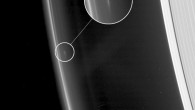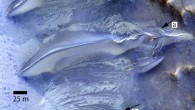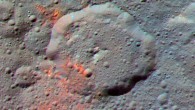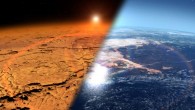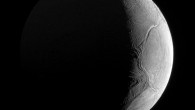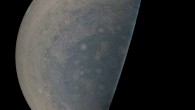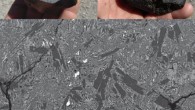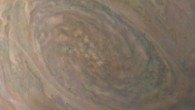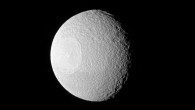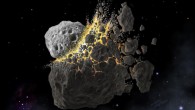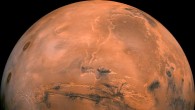Using mid-infrared data from the 8.2-m Subaru Telescope, a research team led by Dr. Hideaki Fujiwara, Subaru scientist at the National Astronomical Observatory of Japan, has measured the brightness and temperatures of Saturn’s main rings. This is a three-color composite image of Saturn and its rings taken January 23, 2008 with the COMICS instrument on the Subaru Telescope. The Cassini Division and the C ring appear bright. Color differences reflect...


